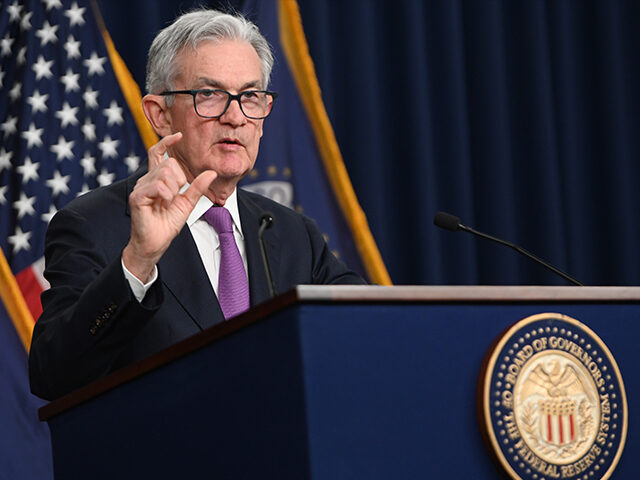A key measure of consumer prices showed inflation fell again in October, bolstering forecasts that the Fed is done with hiking interest rates and may begin to cut rates in the first half of next year.
The personal-consumption expenditures price index, known as the PCE price index or the PCE deflator, rose three percent in October from a year earlier, below estimates for a 3.1 percent increase and down from 3.4 percent in September.
Notably, this is lower than the median year-end estimate of Fed officials at their September meeting, indicating that inflation has already fallen more than many Fed officials expected. The lowest forecast of Fed officials in the Summary of Economic Projections released after the September meeting was 3.1 percent.
Prices for goods increased 0.2 percent and prices for services increased 4.4 percent over the past 12 months, reflecting a shift in inflationary pressures from goods to services. Food prices increased 2.4 percent and energy prices decreased 4.8 percent.
PCE inflation rose by less than 0.1 percent compared with a month earlier, a slowdown from the 0.4 percent increase recorded for September and lower than the 0.1 percent decrease expected. Prices for goods fell 0.3 percent and prices for services rose 0.2 percent. Food prices rose 0.2 percent while energy prices dropped 2.6 percent. Excluding food and energy, the so-called core PCE price index increased 0.2 percent.
The PCE price index is used by the Fed in its official two percent inflation target. The projections of Fed officials, which are released after every other meeting of the Fed’s monetary policy council, include both the PCE price index and core prices. The index is compiled by the Commerce Department and uses slightly different inputs than the better-known consumer price index put together by the Department of Labor.
Excluding housing, core PCE prices rose 0.1 percent, a slodwon from the 0.3 percent gain in September. A measure often called “super core” inflation, which is PCE services excluding energy services and housing, rose 0.1 percent after rising 0.4 percent in September. Fed chairman Jerome Powell, along with other Fed officials, have frequently pointed to this super-core measure as an important gauge of underlying inflation in the economy.
Although a slower pace of price increases is welcome relief for U.S. consumers, it may not provide much political cover for President Joe Biden. The president’s approval rating has suffered as inflation has gripped the economy. A recent Gallup poll found just 32 percent of the public say they approve of the way Biden has handled the economy. Prices are up 14.4 percent since Biden took office, according to the PCE price index, the largest three year rise in decades.
The Federal Reserve says it targets two percent inflation, a figure well below the current pace of price increases.

COMMENTS
Please let us know if you're having issues with commenting.